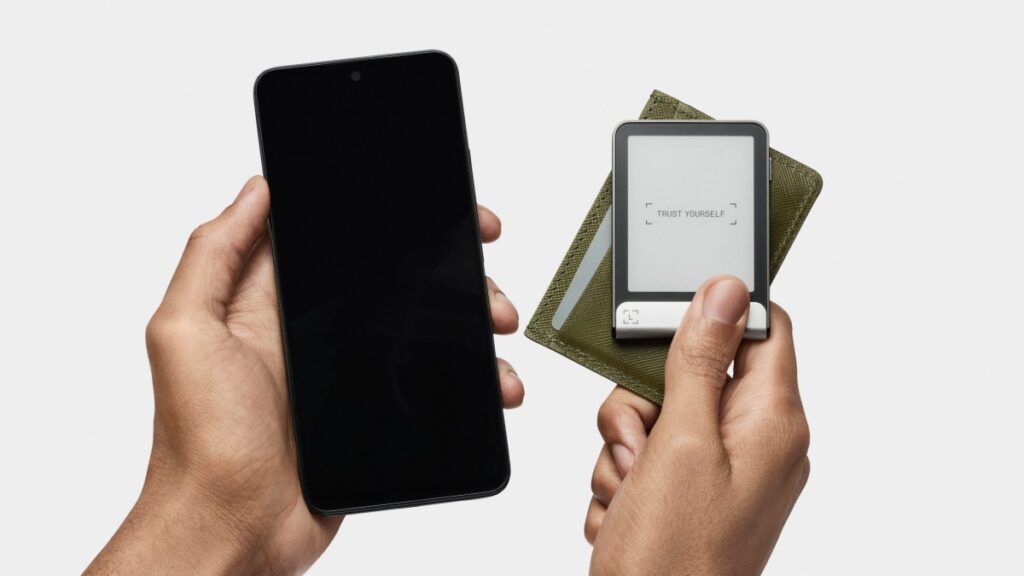Ledger, the French startup known for its secure crypto hardware wallets, has launched a new mid-range device, the Ledger Flex. Currently selling for $249, the tiny hardware wallet features an E-Ink display that lets you navigate the interface and approve transactions with just a tap.
Like all Ledger wallets, Ledger Flex is built around a Secure Element where your wallet's private key is safely stored, meaning even if your computer or phone is compromised, your crypto assets are safe because they can't leave your wallet without your private key.
The alternative is to store your assets on a centralized crypto exchange like Binance, Coinbase, or Kraken, where the exchange stores your cryptocurrency on your behalf. While easy to use, exchanges can be hacked or disappear overnight. This has happened to FTX, Mt. Gox, and many other exchanges, big and small.
Ledger customers manage their wallets using the company's companion app, Ledger Live, which is available for computers or mobile phones. The app allows them to access their public keys, connect to various Web3 services, and initiate transactions. Ledger devices are also compatible with several third-party software wallets in case they want to add an extra layer of security to their existing wallet.
When you send crypto to another person or to another wallet you own, the transaction details along with the amount and recipient will appear in your Ledger wallet. After double-checking that everything is correct, you can approve the transaction directly on your Ledger device. If you ever lose your hardware, you can recover the crypto held in your wallet using your private recovery phrase.
 Image credit: Ledger
Image credit: Ledger
Ledger's original wallet was a hardware wallet shaped like a USB key with a small black and white screen and two physical buttons, and the company still sells wallets in this form factor today: the Ledger Nano S Plus and the Ledger Nano X. The Nano X can connect to your phone using Bluetooth, making it easy to use Ledger Live on mobile.
But the company wanted to make something more user-friendly, so it added a touchscreen. To that end, Ledger developed the Ledger Stax, a premium cryptocurrency wallet designed in collaboration with Tony Fadell. It has a curved E-Ink display, which has caused industry challenges and delays. The company is currently processing preorders for the device. The Ledger Stax is also pricey, at $399.
The Ledger Flex is designed to be a cheaper version of the Ledger Stax, but with some compromises, the most noticeable difference being that it has a flat E-Ink screen, which means it's easier to mass produce.
Other than that, the screen is a bit small, the body of the device is made of plastic with some aluminum acting as an accent at the bottom of the device, the device has a physical button that acts as a sleep/wake button and a USB-C port for charging.
Like the Ledger Stax, the touchscreen interacts directly with the secure element in the device. The Ledger Stax can also be used in place of a YubiKey, and customers can use it as a security key for two-factor authentication. On mobile phones, you can tap your Ledger device to use it as a security key, as it has built-in NFC functionality. However, if you want to use it on a laptop, you will need to use a USB cable.
Unlike the Stax, there hasn't been a lengthy pre-announcement for the Flex, which starts shipping today. Its mid-range price puts it below the Stax in Ledger's lineup and $150 less than the premium curvaceous wallet, but above the currently available Ledger Nano X and Ledger Nano S Plus ($149 and $79, respectively).



